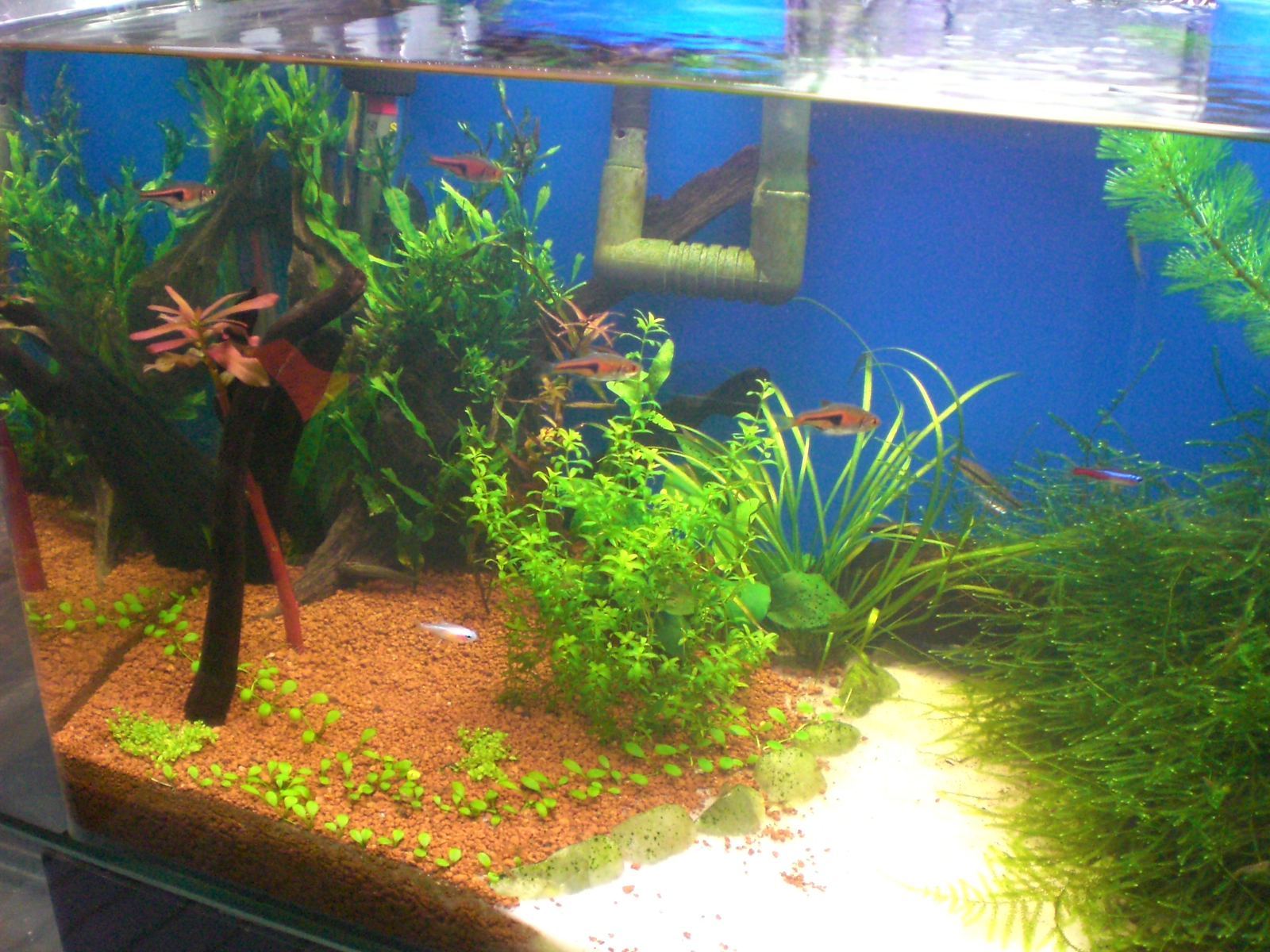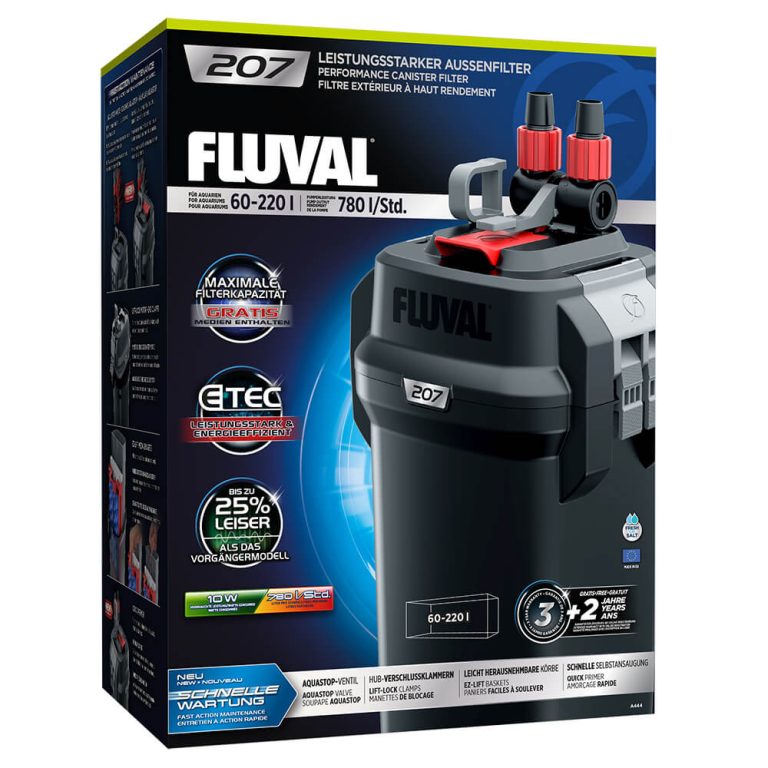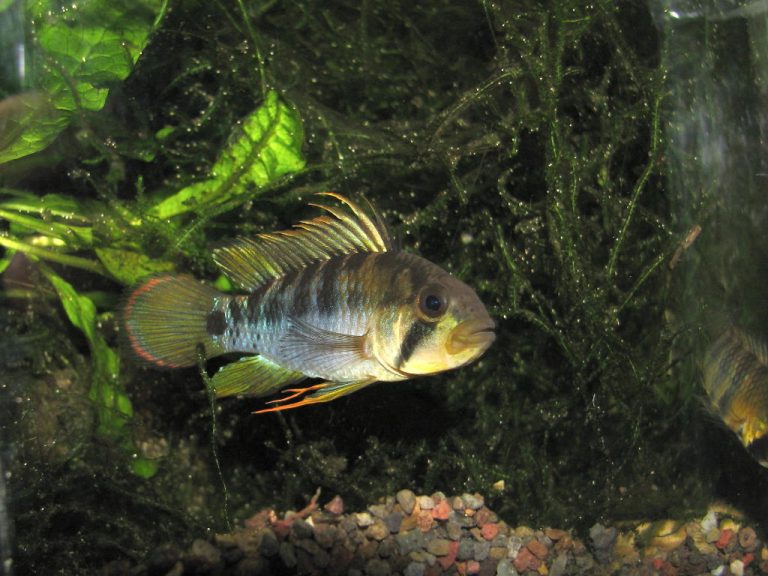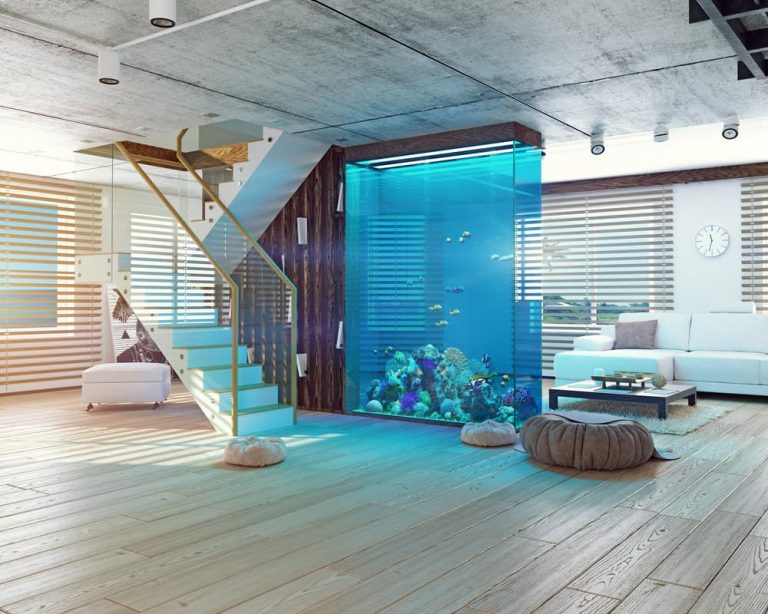How To Treat Beach Sand For Freshwater Aquarium
Have you ever considered adding a touch of the beach to your freshwater aquarium? Using beach sand as substrate can give your aquarium an authentic and natural look. But before you go scooping up sand from the nearest beach, there are a few steps you need to take to ensure that the sand is safe for your fish and plants. In this article, we will guide you through the process of treating beach sand for your freshwater aquarium.
Why is it important to treat beach sand?
Using beach sand in your freshwater aquarium can bring a beautiful and realistic element to your tank. However, it is crucial to treat the sand properly before adding it to your aquarium. Beach sand can contain harmful bacteria, parasites, and pollutants that can harm your aquatic pets. Treating the sand will help eliminate these potential risks and create a safe environment for your fish to thrive in.
Gather the necessary materials
Before you begin treating the beach sand, make sure you have all the necessary materials on hand. Here’s what you’ll need:
– Beach sand (preferably collected from an unpolluted area)
– Clean buckets
– Water conditioner
– Bleach or hydrogen peroxide
– A fine mesh sieve or colander
– A hose or watering can with a gentle flow
– A large container or tank for soaking the sand
1. Rinse the sand thoroughly
The first step in treating beach sand for your freshwater aquarium is to rinse it thoroughly. Place the sand in a clean bucket or container and fill it with water. Use your hands or a gentle stream of water to rinse the sand, stirring it around to remove any debris, dirt, or stray particles. Continue rinsing until the water runs clear.
2. Soak the sand
After rinsing, soak the sand in a clean container or tank. This step is essential to remove any remaining impurities and harmful substances. Fill the container with water and add a water conditioner to neutralize any chlorine or other chemicals in the water. Allow the sand to soak for at least 24-48 hours, periodically stirring it to ensure all the sand is exposed to the water.
3. Sterilize the sand

Once the sand has finished soaking, it’s time to sterilize it to eliminate bacteria and parasites that may be present. There are two common methods for sterilizing sand: using bleach or hydrogen peroxide.
Using bleach
In a separate container, prepare a solution of bleach and water. Use a ratio of 1 part bleach to 10 parts water. Make sure to wear gloves and protective eyewear when handling bleach. Place the soaked sand into the bleach solution and let it soak for 10-15 minutes. Stir the sand occasionally to ensure all areas are exposed to the bleach. Afterward, thoroughly rinse the sand with clean water to remove any lingering bleach.
Using hydrogen peroxide
Alternatively, you can use hydrogen peroxide to sterilize the sand. Prepare a solution of 3% hydrogen peroxide and water in a separate container. Use a ratio of 1 part hydrogen peroxide to 10 parts water. Place the soaked sand into the hydrogen peroxide solution and let it soak for 20-30 minutes. Again, make sure to stir the sand occasionally. After the soaking period, rinse the sand thoroughly with clean water.
4. Dry the sand
After sterilizing, it’s important to let the sand dry completely before adding it to your aquarium. Spread the sand out on a clean surface or tray and allow it to air dry for several days. Make sure it is completely dry to prevent any moisture from causing issues in your aquarium.
5. Check for quality
Before adding the sand to your aquarium, give it a final check to ensure it is of good quality. Inspect the sand for any signs of debris, contaminants, or unwanted particles. If you notice anything unusual or suspect, it is best to discard the sand and start the process again with a fresh batch.
Frequently Asked Questions
Can I use any type of beach sand in my freshwater aquarium?
While beach sand can be a great addition to your aquarium, not all types of sand are suitable. Avoid using sand that contains sharp shells, rocks, or debris that can harm your fish. Choose sand that is fine and smooth to create a comfortable environment for your aquarium inhabitants.
How often should I clean the sand in my freshwater aquarium?
Regular maintenance is essential to keep your aquarium clean and healthy. It is recommended to vacuum the sand during your regular water changes to remove any debris or waste that may have accumulated.
Can I use beach sand in a planted aquarium?
Yes, beach sand can be used in a planted aquarium. However, it is important to choose sand that is nutrient-rich and suitable for plant growth. Some types of sand may lack necessary nutrients, so it’s a good idea to supplement it with fertilizers or choose a specialized substrate for planted tanks.
Final Thoughts
Treating beach sand for your freshwater aquarium is an important step to ensure the health and well-being of your fish and plants. By thoroughly rinsing, soaking, sterilizing, and drying the sand, you can create a safe and natural environment for your aquatic pets. Remember to choose the right type of sand and perform regular maintenance to keep your aquarium clean and thriving. With proper care, your beach sand substrate will add beauty and realism to your freshwater aquarium.






